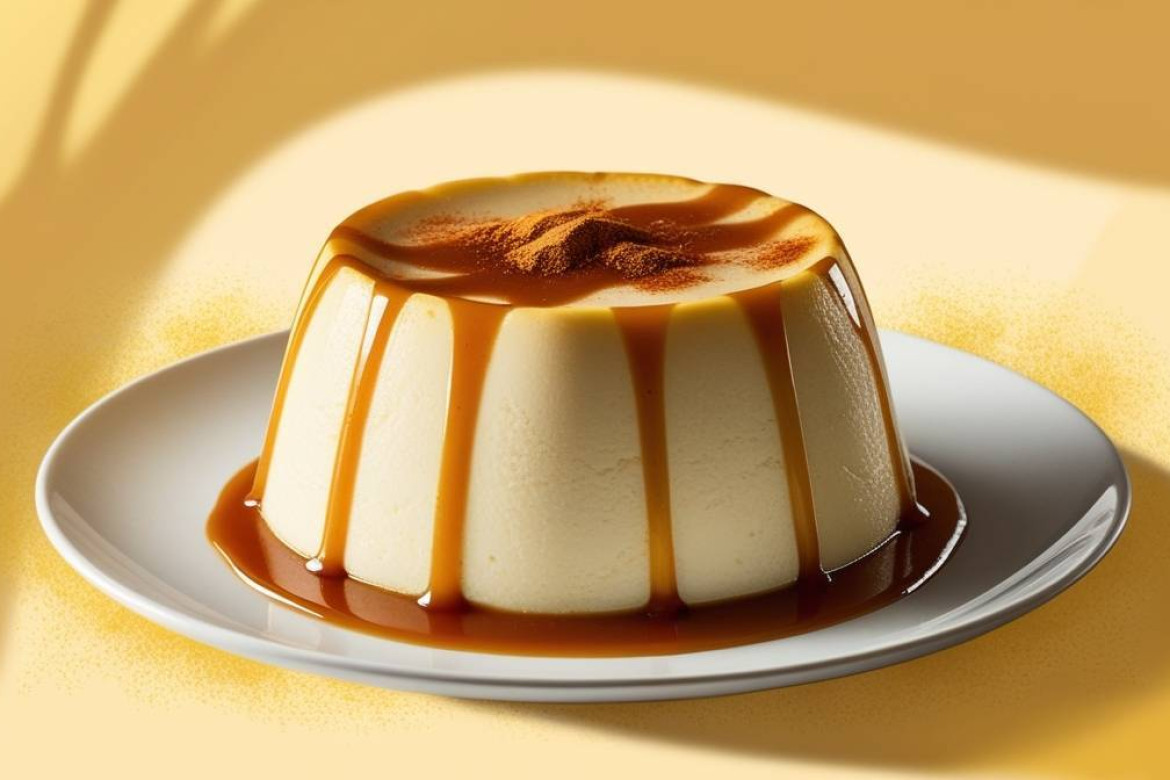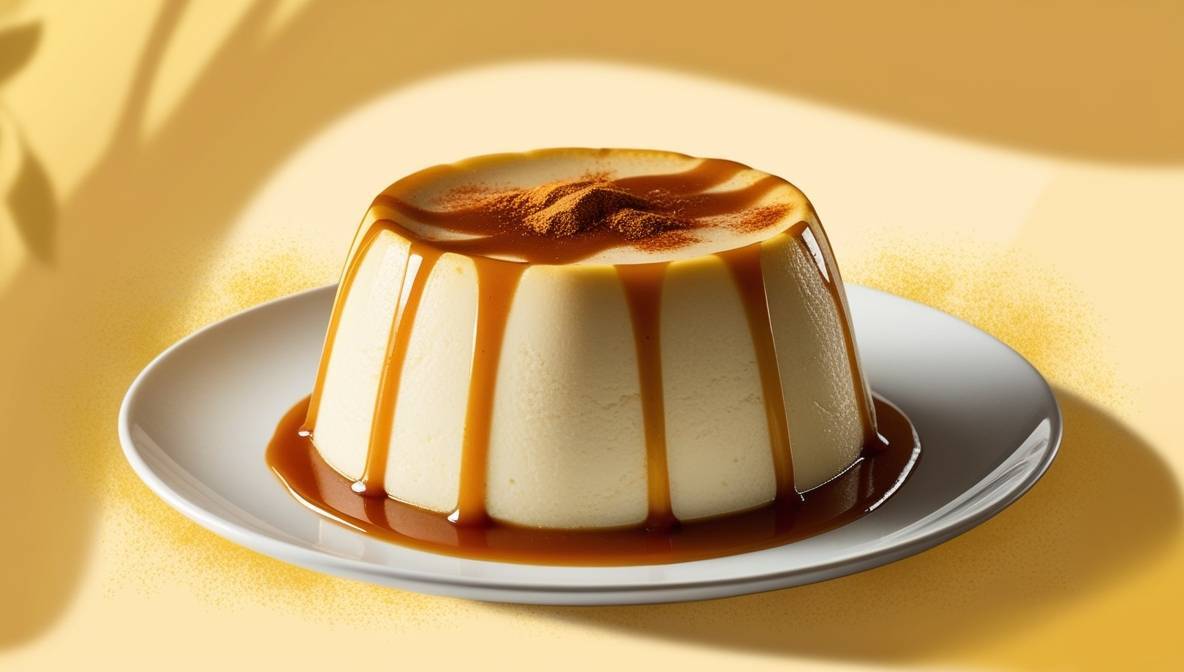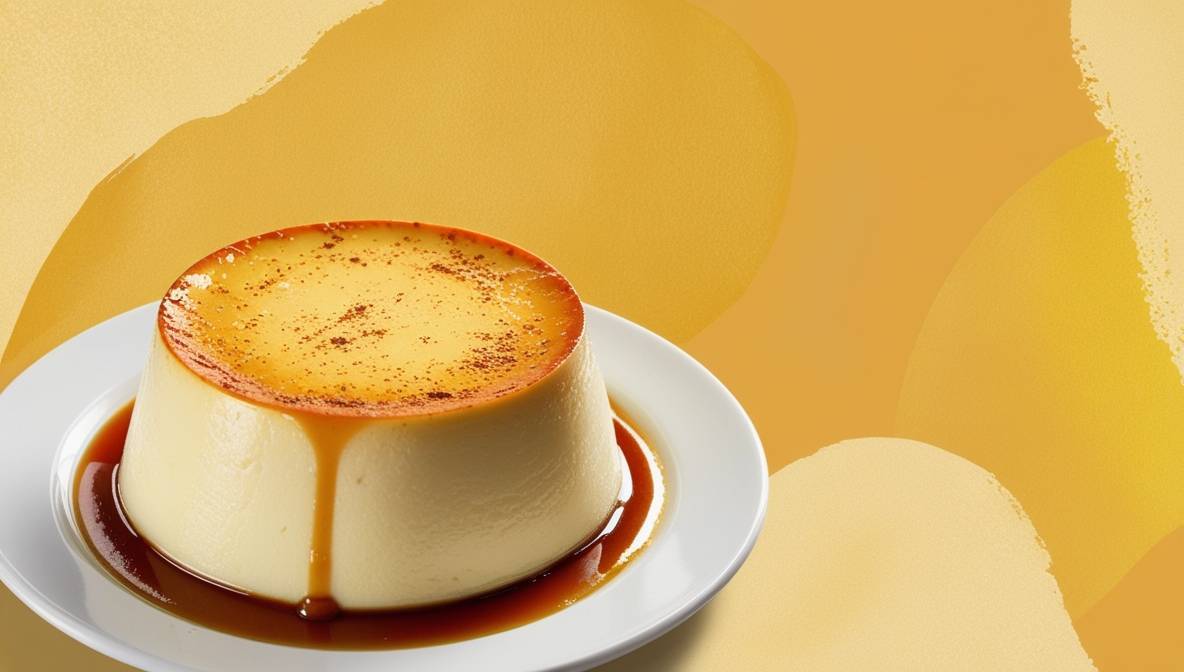
Cuban Desserts: A Comparison Between Flan and Caramel Custard
The Origins of Flan and Caramel Custard
Both flan and caramel custard have rich histories that date back centuries, but their roots and cultural significance differ. Flan, often associated with Cuban culture, has its origins in ancient Rome, where it was first created as a savory dish. It wasn’t until the spread of this dessert to Spain and, subsequently, to Cuba that it took on the sweet, caramel-topped form we know today. Flan is deeply embedded in Cuban traditions, often served at family gatherings and special occasions.

On the other hand, caramel custard, which shares similarities with flan, is more commonly associated with French cuisine, known as "crème caramel." This dessert also traveled across the globe, finding its place in various cultures, including Cuban cuisine. Despite their shared characteristics, the journey of these desserts from their origins to modern kitchens has led to subtle but significant differences in their preparation and flavor profiles.
Ingredients and Preparation
The ingredients for flan and caramel custard are quite similar, yet the techniques used in their preparation can vary, leading to distinct textures and flavors. Flan typically consists of eggs, milk (or cream), sugar, and vanilla. The hallmark of this dessert is the caramel syrup that coats the bottom of the mold, which later becomes the rich topping when the flan is inverted onto a plate.
Caramel custard, though made from similar ingredients, often includes cream in place of milk, giving it a richer, creamier texture. The caramel for caramel custard is cooked to a slightly darker shade, offering a deeper, more pronounced flavor. While both desserts involve baking in a water bath (bain-marie) to achieve their characteristic smoothness, the subtle differences in preparation result in variations in taste and mouthfeel.
Texture and Flavor Profiles
One of the key differences between flan and caramel custard lies in their texture. Flan is typically denser and more custard-like, with a firm yet creamy consistency that holds its shape well when plated. This texture is a direct result of the egg-to-milk ratio used in traditional Cuban recipes. The caramel layer adds a sweet, slightly bitter contrast to the creamy custard beneath.

In contrast, caramel custard tends to be lighter and silkier, often melting in your mouth with a smooth, velvety feel. The higher cream content in caramel custard contributes to this luxurious texture. The flavor is also subtly different, with caramel custard offering a more intense caramel taste, while flan provides a balanced blend of sweet custard and caramel.
Serving and Presentation
Presentation plays a significant role in how we experience these desserts. Flan is often served as a single large dessert, sliced into portions, or as individual servings. The golden caramel sauce cascading down the sides of the flan adds an elegant touch, making it a centerpiece at any Cuban gathering.
Caramel custard, on the other hand, is usually presented in individual portions, each perfectly round with a glossy caramel glaze. The simplicity of its presentation allows the rich flavors to take center stage, making it a refined choice for formal dinners and special occasions.
Cultural Significance in Cuban Cuisine
In Cuban cuisine, flan is more than just a dessert; it's a symbol of family, tradition, and celebration. It's often the go-to dessert for holidays, birthdays, and other special events. The act of preparing and sharing flan is steeped in cultural significance, representing the warmth and hospitality of Cuban households. The flan at Puerto Sagua, for instance, captures the essence of this tradition, offering a taste of Cuba's rich culinary heritage.
While caramel custard is also enjoyed in Cuban homes, it doesn't carry the same cultural weight as flan. Instead, it is appreciated for its refined taste and elegance, often reserved for occasions where a more sophisticated dessert is desired. The choice between flan and caramel custard can often reflect the mood of the event—flan for family warmth and caramel custard for a touch of elegance.
Nutritional Comparison
For those mindful of their diet, understanding the nutritional differences between flan and caramel custard can be important. Flan, made primarily with milk and eggs, tends to be lower in fat compared to caramel custard, especially when cream is used in the latter. The sugar content in both desserts is similar, though flan might have a slightly lower calorie count due to its denser, less creamy texture.

Caramel custard, with its creamier base, is richer in both taste and calories. The higher fat content contributes to its silky texture but also makes it a more indulgent choice. When enjoying either dessert at places like Puerto Sagua, it's all about balance—indulging in the richness of these sweets while savoring the cultural experience they offer.
How to Choose Between Flan and Caramel Custard
Choosing between flan and caramel custard can be a delightful dilemma. If you’re seeking a dessert that embodies the heart of Cuban culture, with a firm yet creamy texture and a balanced caramel flavor, flan is the way to go. Its connection to tradition and its role in Cuban celebrations make it more than just a sweet treat—it’s a taste of home.
On the other hand, if you’re looking for a more luxurious, melt-in-your-mouth experience, caramel custard might be your preference. Its rich, velvety texture and intense caramel flavor offer a more decadent dessert experience. Whether you’re dining at a traditional Cuban restaurant like Puerto Sagua or hosting a special dinner, either choice will leave you satisfied.
Conclusion
In the debate between flan and caramel custard, there’s no definitive winner—only personal preference. Both desserts offer a unique blend of flavors and textures that reflect their rich cultural histories. Whether you lean towards the comforting familiarity of flan or the refined elegance of caramel custard, you’re sure to enjoy every creamy, caramel-drizzled bite. So, the next time you find yourself at Puerto Sagua, savoring a slice of Cuban life, why not try both? After all, when it comes to dessert, there’s always room for a little extra indulgence.
